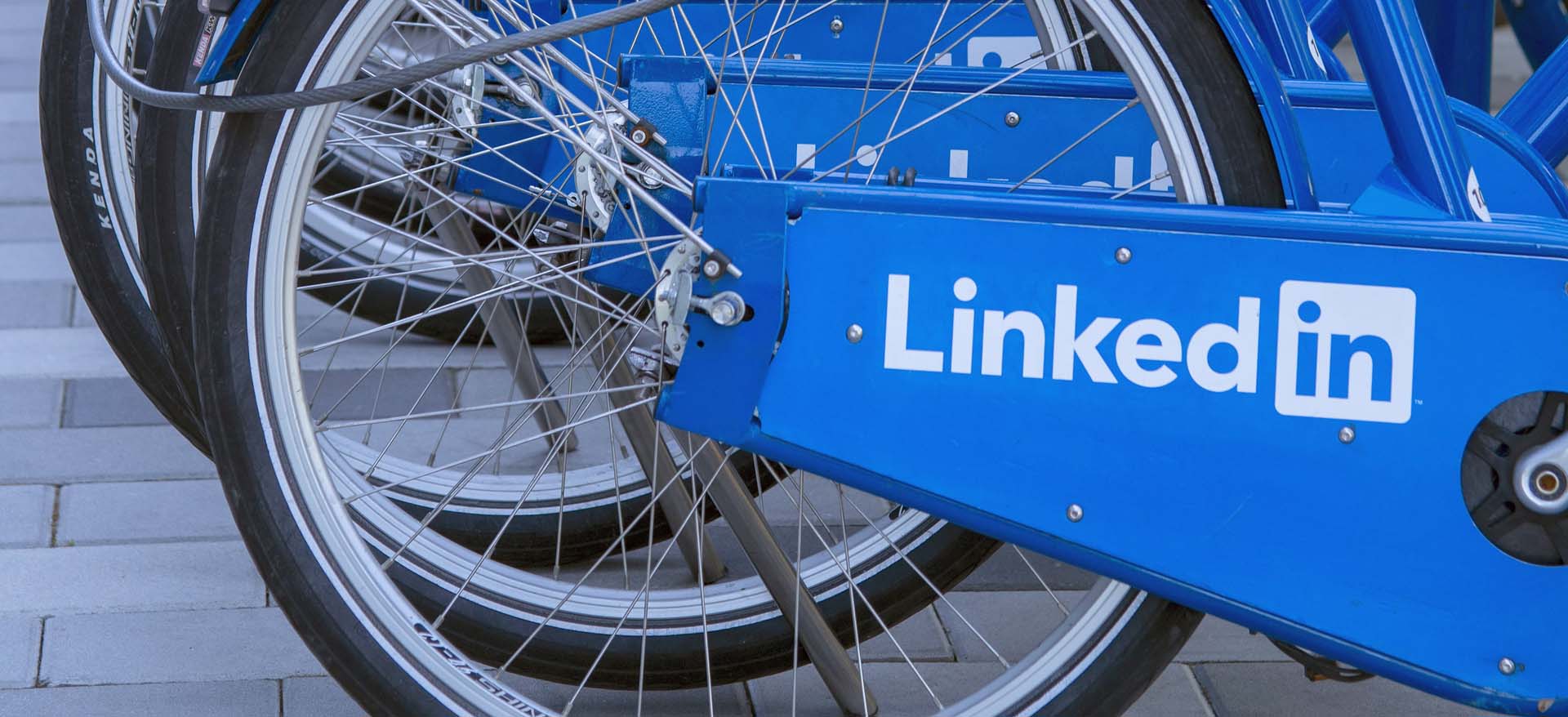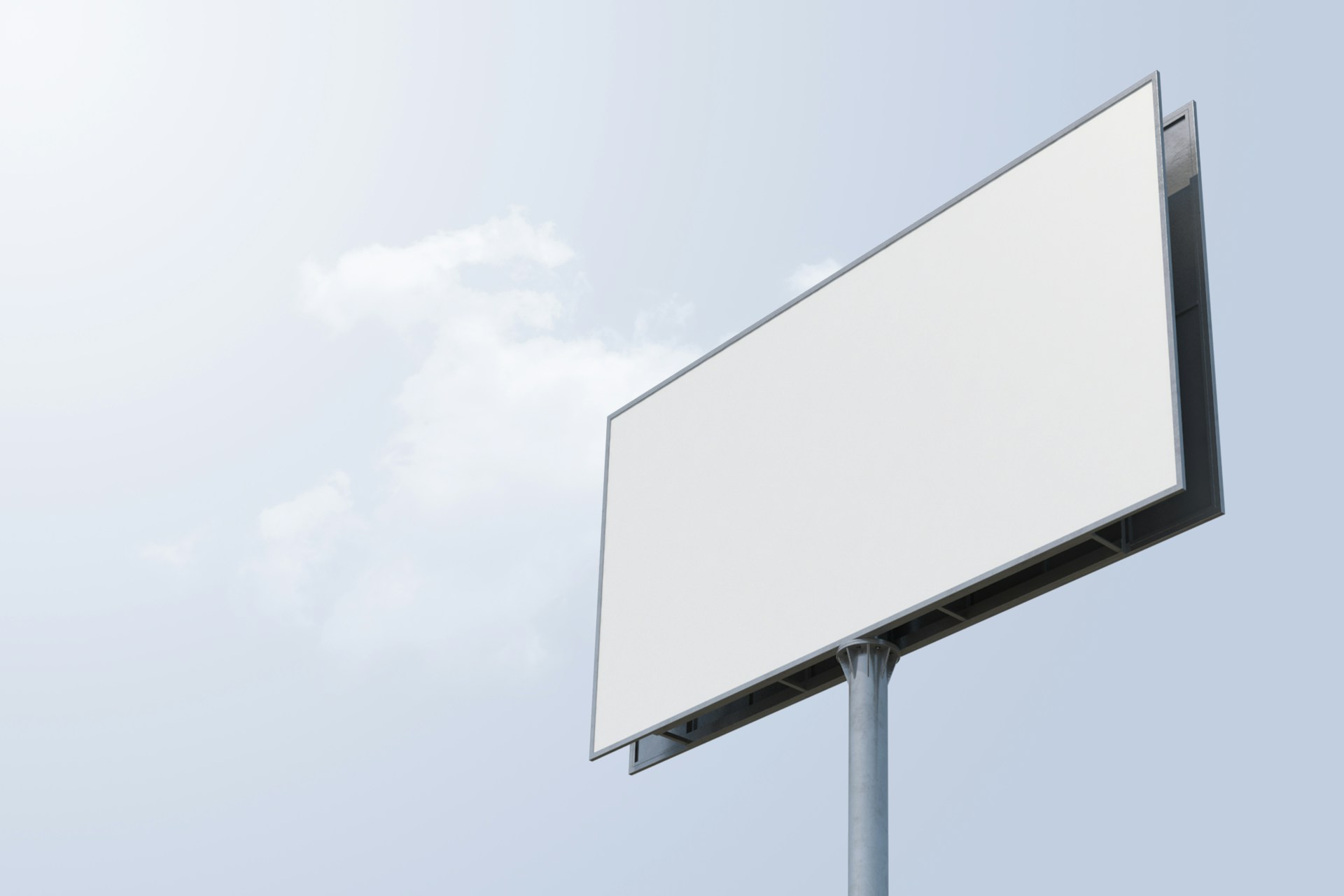
So, you think you’re a LinkedIn wizard? But, are you maximising your potential based on the latest LinkedIn Algorithm behaviours? Here’s 5 Top Tips on the latest LinkedIn updates, let’s dive right into it:
- Timing is Important & Dwell is Delightful
- Interaction is Key
- Count Characters and Hone Hashtags
- Comment & Engage
- Creator Mode Cons as well as Pros
1. Timing is Important & Dwell is Delightful
So, we all know that the time we post is important – hitting the platform with your content at that sweet spot when your target users are online is a no-brainer, but this timing has shifted recently and the algorithm has picked this up and continues to favour optimal post timing.
Since remote working and lockdowns, there’s been a slight shift, and now research shows that posting between 8.00am and 10.00pm Tuesday, Thursday and Saturday is actually the most effective in terms of generating reach and engagement (whereas commuter times a little earlier in the day were favoured previously as users caught up on their feeds on the train/bus). The caveat to Saturday is that users ‘check’ their feed, but don’t often post or engage as much as they do during the week.
Dwell Time, the time someone spends on your post when they stop scrolling through the feed, is a strong signal too – maximise dwell time by using images, slide-deck carousels (formerly SlideShare), and video.
Top Tip – don’t post more than once in any 24 hour period. Each time you post, you’re dividing up the audience reach, if you post 3 times a day, your third post will literally kill the reach of your first post!
2. Interaction is Key
It’s all well and good hitting the sweet spot and getting some decent impressions on your post, but as with most typical Social channels, LinkedIn favours those which generate engagement – BUT, the key thing here is that there’s a window of opportunity within the first two hours of your post going live where LinkedIn will either promote or demote it’s visibility based on interaction and engagement during that period.
In fact, your post is only shown to 10-15% of your followers in the first 2 hours, with the algorithm only expanding the reach if you generate enough engagement with that ‘test’ audience, so win fast to win big.
Moreover, there’s an interesting nuance with the latest algorithm update which looks as though it actually favours interaction with the ‘Read More…’ CTA over a ‘Like’, valuing it more as a signal of engagement. This is rather counter-intuitive, but might get you to think about adding a cheeky line-break after your opening sentence (and making that a little ‘click-baity’ to boot).
3. Count Characters and Hone Hashtags
As with most social platforms, character counts are either limited or have an optimal number in the eyes of the algorithm, as do those all-important hashtags (remember when people said hashtags were solely for twitter and they’d never take off on LinkedIn?).
For a post, look to keep it within a 1200-2000 character limit, (thinking about the ‘Read more…’ comment above) and try to use somewhere between 3-5 hashtags, even considering creating a personal hashtag (e.g. #JamesGray) – you may also want to consider hitting a mix of high, mid and low-volume hashtags to optimise cut-through.
4. Comment and Engage
You probably don’t need to be told that to ‘win’ on LinkedIn, it’s important to not just be a broadcaster, but to engage and interact with the community. But, the statistics behind this might surprise you. For example, a comment is 4x more powerful than a like, and 7x more powerful if it hits that initial 2 hour window mentioned above.
Tagging colleagues or interested parties in comments is an encouraged behaviour on the platform, but beware – if these tagged users don’t interact or engage with the content, it can acually have a negative 40-50% impact on the reach of the post. However, if they do engage with a comment, it can increase reach by 10-15%!
A comment of five or more words is also quite powerful, adding 8% reach for the creator of the post, and 6% reach to the person commenting (a win:win if you will, which is why you’ll often see posts formatted as questions encouraging answers and discussion).
Also, it’s a no brainer that the more you interact, comment and engage on other users’ posts, the more likely you are to receive engagement in return. A mutually beneficial scenario. However, the myth that adding a comment to your own post is beneficial has been quashed with research, showing that actually it can have a -25% – -40% negative impact on the initial 2hr reach.
Another tip for ‘tricking’ the algorithm to show you more content from particular users is to leverage the points above in terms of engagement. For example, to ensure you see content from a certain user (which you may want to engage with to leverage the benefits), you can visit their profile, like and comment on their posts, endorse their skills and send them a direct message. These are all signals that this person’s content is of value to you.
5. Creator Mode has Cons as well as Pros
In 2021, LinkedIn introduced Creator Mode (a little like Facebook and YouTube have for a number of years), inferring that it would lead to faster network growth, help you establish thought leadership positioning and helping your profile and posts to be indexed/discovered more easily.
However, research has shown that this isn’t all accurate, and there are some cons – it does NOT necessarily increase the reach or engagement of posts & actually reduces your invitations to connect by up to 3x.
There are still some of the pros though – it does shift reach to your number of followers not connections (which can often be higher), and it can increase reach by up to 15% if your content hashtags match those listed in your profile.
In Summary
These tips were extrapolated from some excellent data and arduous research carried out by Richard van der Blom, who went through thousands of posts, hundreds of hours of research and over tens of thousands of print screens – you can read the original post here.
We hope that these tips help you maximise the impact of your work on LinkedIn.
If you need any further help or support on organic or paid advertising on the LinkedIn platform, or any wider digital marketing challenges, do not hesitate to get in touch.


